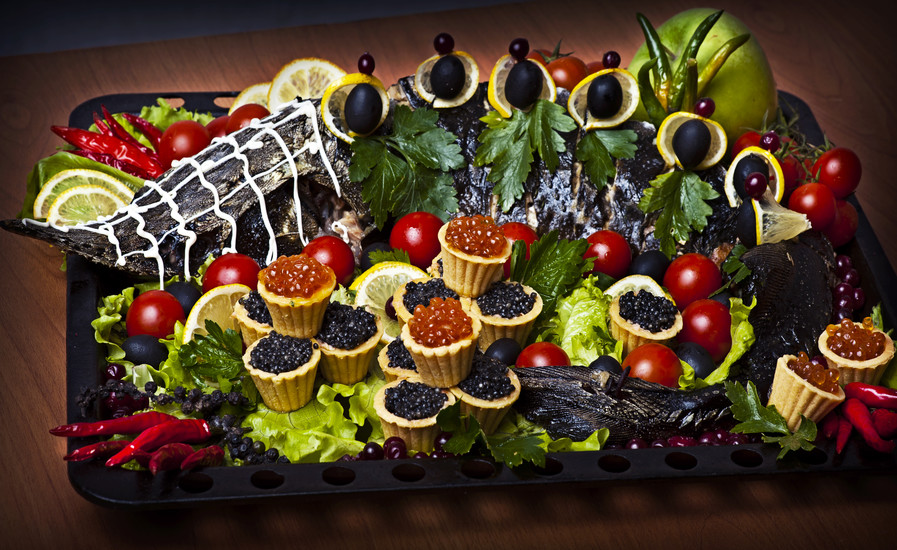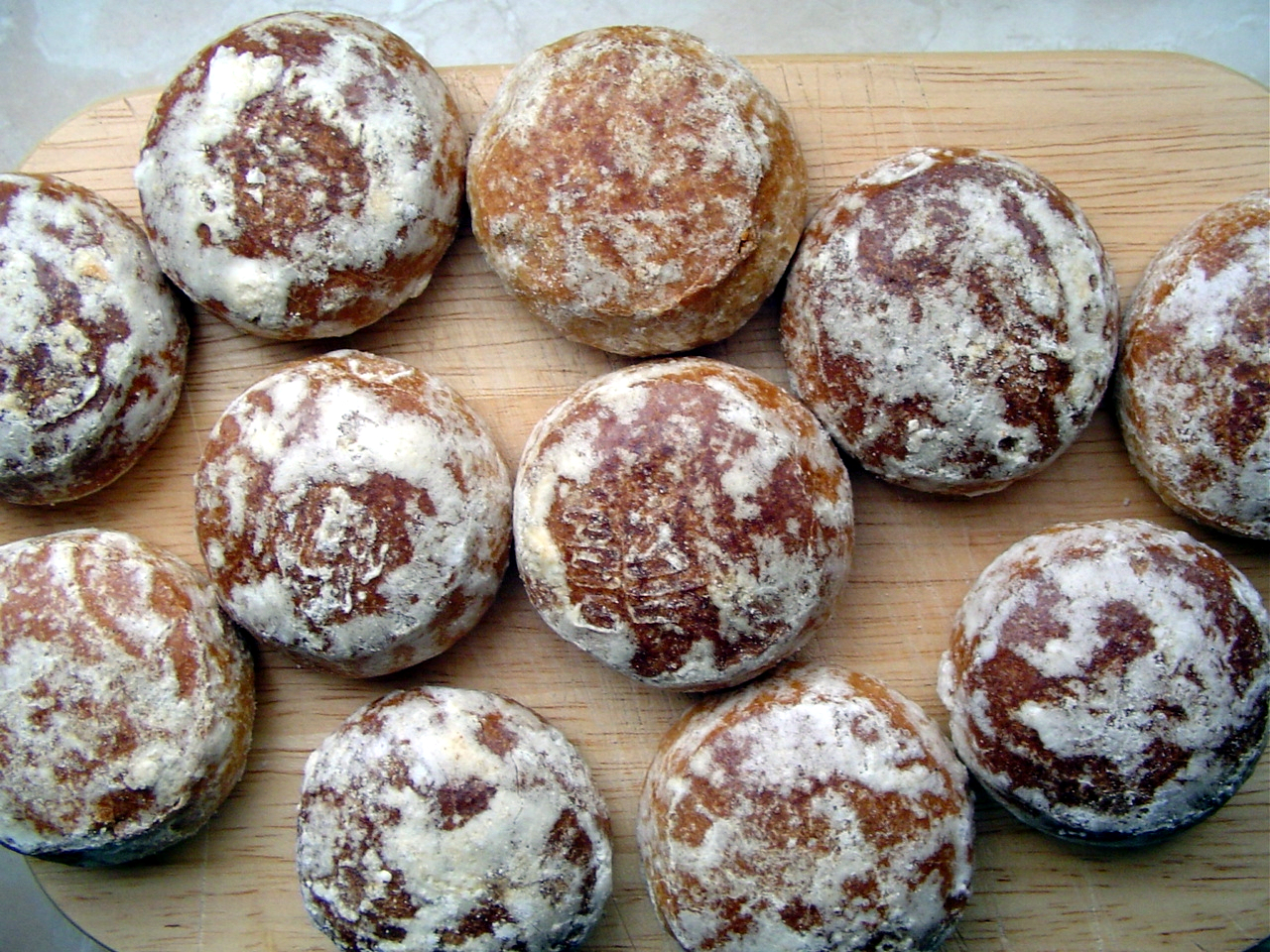
Black caviar
PUBLISHED DECEMBER 09, 2021 | BY GIORGIO IMPERATO | 7 MINUTES READ
*This story appears on November-December 2021 Terre & Culture magazine issue, in the section Food & Friends.
The culture of a country is something vast and rich, which is not only found in books and works of art, but envelops you with its daily moments. One of these, certainly not the least important, takes us to the kitchen.
Russia, then, in all its aspects, is an extraordinary testimony of how the kitchen is not the last of the entrance rooms in the palace of great value of its culture.
It is no exaggeration to speak of the kitchen as a window wide open on a panorama of knowledge, or of all those visions which, together, make up the great mosaic of culture.
It is gastronomy that takes us by the hand in reading the climate, history, art, even the evolution and religion of a country largely shaped by a series of constitutive and completely original elements, such as to strongly influence what then we find on the table.
It can be said that nothing ends up by chance in the prepared table of a great country. The various dishes reveal, in fact, the characters, habits, traditions and even the vices of a people. It is no coincidence that a cold country like Russia has above all dishes based on soups, vegetables, fish typical of those latitudes, as well as its religion with the many holidays that include fasting requires the preparation of appropriate meals.
My first real acquaintance with Russian home cooking took place on the cold night of my first Russian New Year, when my friends invited me to celebrate the arrival of the new year with them. I knew that being one of the major Russian holidays I would find typical dishes on the table, but what I saw left me speechless. The apartment was located in a building from the Khruŝĉevian period, therefore small, about 40 meters, but the abundance of food seemed worthy of a court.
On display there was a great variety of appetizers called ZAKUSKI, that is, small bites, especially based on smoked, salted or dried foods, those that Russian peasants have always kept at home as a spare in case of need.

Table set with different varieties of caviar
The CAVIAR, black of sturgeon eggs, and red of salmon, dominated everything, served on buttered croutons accompanied by finely chopped onions. Not only the eggs of these fish, but the fish themselves were part of the tasty appetizer, both smoked and salted, such as the herring served in Pod Šuboj "fur salad" (it seems that this recipe was invented during the October revolution, by Bogomilov owner of some restaurants who wanted to reproduce the social stratification of the time in a dish - therefore in layers - using poor ingredients: such as beets, and again, it was beautiful presence of Omul, fish from Lake Baikal belonging to the salmonid family, which is one of the tastiest dishes that is often served especially during Trans-Siberian journeys, prepared both smoked and as an ingredient of the typical Saguady salad based, in fact, of raw omul But of course the appetizer also included meat dishes, such as boiled tongue, then Buženina, a roast different from the usual favorite of Tsarina Anna Johannovna, granddaughter of Peter the Great who preferred it well greased and above all in very generous portions that before it was prepared with bear meat, while today pork is used), the Cholodez meat and vegetable jelly, the “Rasstegaj” baked pie quoted by Tolstoy in “War and Peace”. And, again, salads, such as the famous Russian salad which in Russia is called Olivier salad, because it was introduced by a chef of French origin, precisely Lucien Olivier, who used mayonnaise to mix potatoes, eggs, peas, pieces of chicken, onions. Then of course the Pirožki, that is pancakes with various fillings. And then the desserts, the very tasty Prjaniki, a kind of gingerbread, the Medovik cake with "med" or honey., The bliny, a kind of crepes, characteristic, however, especially of masleniza, the Russian Carnival, to be eaten with gooseberry jam, as Turgenev recalls in “Fathers and sons”. And then the drinks, a little water, but a lot of vodka (in Russian vodka means water), and all of course seasoned with warm Russian hospitality.
Prjaniki, small sweets known in Slavic culture since the 9th century.
The lunch I remember most, when invited by friends who, worried about my lack of appetite, told me that they would prepare a tasty fish soup, pasta and meat skewers for me.
Finally home flavors, in those years it was difficult to find our products in Moscow.
The fish soup was a "Ucha" (of which Pushkin also speaks in Evgenij Onegin), that is a broth of perch, pike, cod and the pasta consisted of their "Makaroni"(pasta in Russian) served, however, as a side dish to the second.
I do not deny that I was a little disappointed, but the affection with which the dishes were prepared was so tangible, that not only did I eat everything, but I really began to appreciate their dishes (not the makaroni though!).
I also tried the “Šašlyki”, skewers cooked with grilled mutton and beef
Among the soups beyond Uxa, the most famous are: ŠČI with white cabbage, fresh or marinated, cooked in meat or fish broth (on the ŠČI there is a proverb that says “a true hostess is not the one who speaks well, but the one who prepares a good ŠČI);
One cannot fail to mention the BORŠČ (of Ukrainian origin) also mentioned by Bulgakov in his “Master and Margarita”, based on beets, meat, cabbage and onions, a beautiful red soup.
Finally, the RASSOL’NIK with salted cucumbers and SOLJANKA, a slightly spicy meat or fish broth, usually served with sour cream.
Before closing, however, I cannot forget to mention the KAŠA, generally made of buckwheat, which since the 12th century was prepared for important ceremonies or rites, and has continued to be present almost to the present day on the occasion of the harvest. Today we eat mainly for breakfast, and many of my friends tell me they can't do without it, because its preparation in the Soviet period, when the pot with the wheat started to heat under the covers, is perhaps one of the sweetest memories of childhood and I quote the proverb:
КАША МАТЬ НАША! KAŠA IS OUR MOTHER!